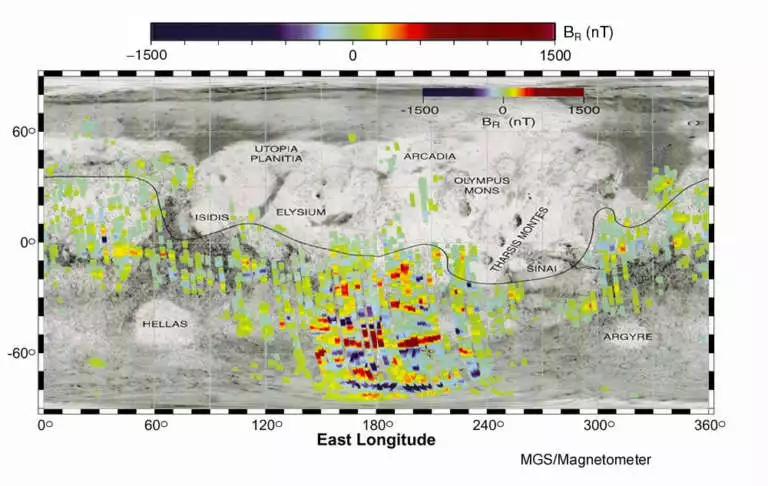"It's the start of a Journey. Not a single mission."-Jacob Bleacher
"Sustained. Whatever your definition of that is."-Sara Noble
Artemis launch has been delayed for three more days at the time of this post. Once launched, the Orion capsule will fly autonomously carrying a variety of instruments including some cubesat experiments. It will be bound for Luna, and once there it will make half an orbit or one-&-a-half orbits before returning.
This LPI lecture came out earlier in the year. It covers the whole scope of what Artemis intends to accomplish, including construction of The Gateway. Artemis-2 will be a manned mission without a lander. Artemis-3 will attempt to land astronauts at the Lunar south pole.
These kinds of pre-mission presentations tend to involve fewer slides, and a lot of the speaker simply reading their slides aloud, so I won't call attention to their timestamps. However, this Artemis thing is much larger than even a flagship mission like Cassini. This is literally a mandatory step in making the solar system part of our world. Not just Earth. Therefore this video is quite unique.
A great deal of the content involves a call for the mission team. Because the scope of Artemis is huge, and because boots on The Moon don't come till Artemis-3, much of the staff, as well as Gateway parts, haven't been assembled or even identified yet. In other words if you are a geologist or engineer, you have some form of a chance to apply for a role, provided you are a member of a team that can fill that role.
The latter half is packed with information concerning what Artemis astronauts will be dealing with. You can kind of get a sense of the dramas they will be facing.
I cant stress enough how big a deal this is. We may be used to amazing probes like New Horizons, Cassini, Voyager, and the Mars Rovers, but Artemis is a prerequisite to having better probes. Probes that can be assembled out of parts that weigh as much as current probes. Probes that can fly faster, further, and get into orbit around smaller targets, even land there.






